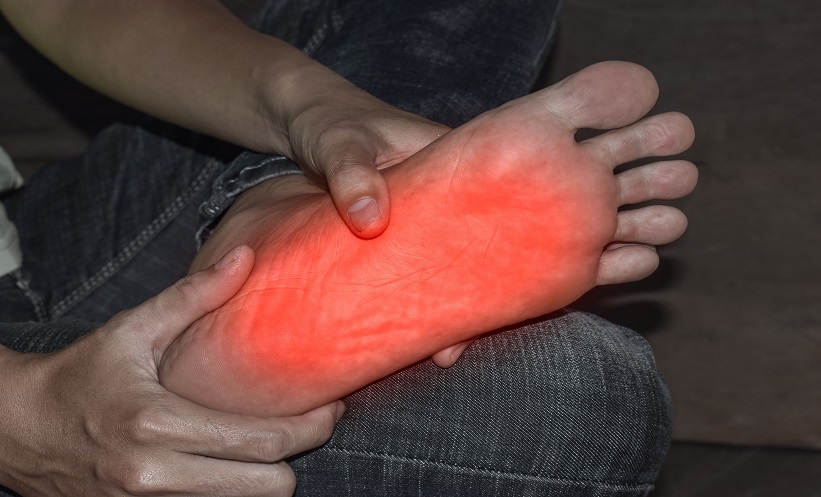BACKGROUND AND AIMS
High low-density lipoprotein (LDL) cholesterol levels are causally involved in the pathogenesis of atherosclerosis and are related to an increased risk of cardiovascular disease.1 It is unknown whether high LDL cholesterol levels are causally related to an increased risk of microvascular diseases, such as retinopathy and neuropathy, and peripheral vascular diseases also involving larger arteries, such as chronic kidney disease (CKD) and peripheral arterial disease (PAD). We hypothesised that high LDL cholesterol levels are causally related to the risk of retinopathy, neuropathy, CKD, and PAD in the general population.
MATERIALS AND METHODS
We included 116,419 individuals from the Copenhagen City Heart Study and the Copenhagen General Population Study and used Mendelian randomisation to examine causality between high LDL cholesterol levels and peripheral vascular endpoints. We selected and genotyped 11 variants in the LDLR, APOB, HMGCR, NPC1L1, and PCSK9 genes and calculated a weighted genetic risk score. Peripheral vascular endpoints were based on International Statistical Classification of Diseases and Related Health Problems codes collected from all hospital admissions and outpatient clinic visits in the national Danish Patient Registry and the national Danish Registry of Causes of Death. To test whether the findings could be replicated in another general population cohort, we performed a two-sample Mendelian randomisation analysis using genetic variants associated with high LDL cholesterol levels in the Global Lipid Genetic Consortium, and peripheral vascular endpoints from the UK Biobank.
RESULTS
Observationally, we found no association between high LDL cholesterol levels and risk of retinopathy (p=0.12) or neuropathy (p=0.005). We found a stepwise increase in the hazard rate of CKD and PAD with higher LDL cholesterol levels, with a hazard ratio of 1.06 (95% confidence interval [CI]: 0.99–1.14) for CKD and 1.37 (95% CI: 1.20–1.57) for PAD in individuals with LDL cholesterol levels above the 95th percentile versus those below the 50th percentile. In the genetic, causal analyses, the risk ratio of disease for a 1 mmol/L higher LDL cholesterol level was 1.06 (95% CI: 0.24–4.58) for retinopathy, 1.05 (95% CI: 0.25–1.72) for neuropathy, 3.10 (95% CI: 1.79–5.39) for CKD, and 1.96 (95% CI: 1.26–3.06) for PAD. Summary level data from the UK Biobank using the weighted median of instrumental variable estimates Mendelian randomisation gave a risk ratio of 0.65 (95% CI: 0.25–1.70) for retinopathy, 0.86 (95% CI: 0.51–1.46) for neuropathy, 0.88 (95% CI: 0.66–1.18) for CKD, and 1.57 (95% CI: 0.91–2.71) for PAD.
DISCUSSION
Our study suggests that LDL cholesterol has no causal effect on peripheral microvascular diseases, such as retinopathy and neuropathy; however, it may have a causal effect on peripheral arterial diseases involving larger arteries such as PAD and CKD. The findings were replicated in the UK Biobank cohort with similar results for retinopathy, neuropathy, and PAD, but with inconsistent results for CKD.2 The inconsistent findings for CKD may be due to several reasons, including the low participation rate and shorter follow-up time in the UK Biobank may cause a healthy participant bias, which could explain the inconsistency.3 Previous studies have found that fenofibrates reduce the risk of retinopathy progression.4 Our findings suggest that this is through mechanisms other than the lowering of LDL cholesterol.







